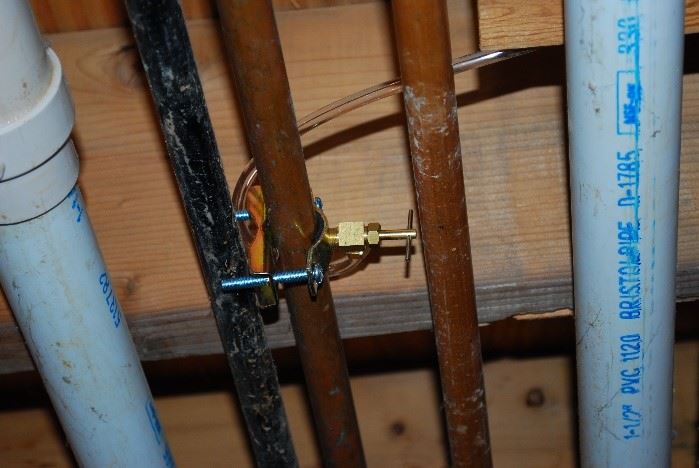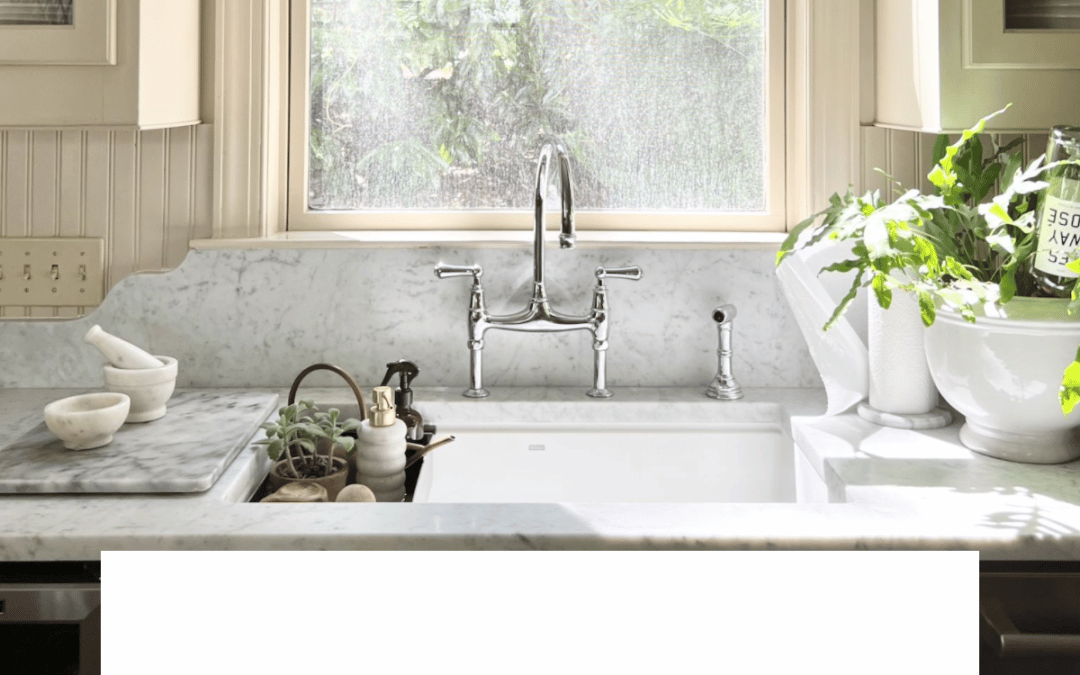Useful Winterizing Strategies to Guard Your Pipes From Bursting in Cold Weather
Useful Winterizing Strategies to Guard Your Pipes From Bursting in Cold Weather
Blog Article
Everyone has their private opinion about How to Prevent Frozen Pipes.

All property owners that live in temperate environments need to do their ideal to winterize their pipes. Failing to do so can lead to disaster like frozen, fractured, or burst pipelines.
Activate the Faucets
When the temperature declines and also it seems as if the frigid temperature will certainly last, it will aid to switch on your water both indoors as well as outdoors. This will certainly keep the water streaming via your plumbing systems. In addition, the movement will decrease the cold procedure. Notably, there's no need to transform it on full force. You'll wind up throwing away gallons of water in this manner. Rather, aim for about 5 drops per min.
Open Up Cupboard Doors Hiding Plumbing
When it's chilly outside, it would be valuable to open cupboard doors that are masking your pipelines. Doing this tiny method can keep your pipes warm and limit the potentially unsafe results of freezing temperatures.
Take Some Time to Wrap Exposed Water Lines
One great and very easy hack to warm up freezing pipelines is to cover them with warm towels. You can likewise make use of pre-soaked towels in hot water, simply do not forget to use safety gloves to protect your hands from the warmth.
Attempt a Hair Dryer or Warm Weapon
When your pipelines are nearly freezing, your dependable hair dryer or heat gun is a blessing. If the warm towels do not aid displace any settling ice in your pipelines, bowling hot air straight right into them may aid. Nevertheless, do not use other objects that produce straight flames like a strike lantern. This can cause a bigger catastrophe that you can not control. You might end up destructive your pipelines while trying to melt the ice. And also over time, you may even wind up shedding your house. Be careful!
When Pipes are Frozen, shut Off Water
Turn off the main water valve immediately if you notice that your pipelines are completely icy or virtually nearing that phase. You will typically locate this in your basement or utility room near the heater or the front wall surface closest to the street. Transform it off right away to stop more damage.
Don't forget to shut outside water sources, also, such as your hookup for the garden home. Doing this will protect against additional water from filling out your plumbing system. With more water, even more ice will load up, which will ultimately lead to break pipelines. It is best to call a professional plumber for an evaluation if you are unsure regarding the state of your pipes this winter months. Taking this positive approach can conserve you countless bucks out of commission.
All house owners that live in temperate climates need to do their ideal to winterize their pipelines. Failing to do so can spell calamity like frozen, broken, or burst pipes. If the hot towels do not assist remove any kind of clearing up ice in your pipelines, bowling warm air straight into them may aid. Transform off the primary water valve immediately if you discover that your pipes are entirely icy or practically nearing that stage. With even more water, more ice will load up, which will at some point lead to break pipes.
PREVENT YOUR PIPES FROM FREEZING THIS WINTER
A Leading Cause of Property Damage
When the weather is taking a deep nose dive into the cold dreary days, the risk of your pipes freezing and potentially bursting skyrockets. Unfortunately, during these cold dreary months, burst pipes are the most common denominator for property damage. The pipes that are most at the risk are those that are in areas where it is most cold in your home. For instance, pipes located in interior places such as basements, attics, and your garage. Unfortunately, that doesn’t mean that the pipes running through your cabinets or exterior walls can’t freeze. Good news, however, is that you can do things to help prevent pipes from freezing.
How to Prevent Pipes From Freezing
Once the temperature starts to drop during the winter, you should be taking the proper measures needed to ensure that your pipes stay warm and that there is circulation of water through them. Some steps that experts may recommend could go against your better judgement when it comes to saving water and heat. However, it would go without saying that when expenses are compared, damaged pipes could put a bigger dent in your wallet than a water bill.
What Can I Do?
Keep your garage door closed. This is very important, especially if you have water supply lines running through your garage. Open your kitchen and bathroom cabinets to allow warm air to circulate through them. Allow air circulation throughout your home. Keeping the interior doors open will once again allow the warm air to circulate inside your home. Ensure your thermostat is running the same temperature throughout the night and day. If you plan to be away from home during the cold months, set your temperature no lower than 55° F. This should provide enough heat to keep the pipes warm and prevent any remaining water inside the pipes from freezing. For more of a long-term solution, add insulation to attics, basement, and other crawl spaces around your home. By allowing your faucet to drip, it will alleviate pressure in the system. This is important because the pressure that is created between the blockage and the faucet can potentially cause the pipes to burst. Allowing the faucet to drip will prevent the pressure from building up, therefore keeping the pipes from bursting. Seal any cracks, openings, and crawl spaces around your home to prevent cold air from coming inside. This keeps your pipes-not to mention your home-warmer and less susceptible to issues caused by freezing temperatures. For the pipes in your home that are easily accessible, applying electrical tape to them might prevent them from freezing over. This is a quick fix, as you can apply the tape directly to the pipe. There are two options for heating tapes. One turns on and off by itself when it senses heat is needed. The other type of heating tape needs to be applied when heat is needed and removed when not necessary. If you have exposed pipes in your home, you can check this website to take a look at a few options that would be available at a shop near you.

I was made aware of that editorial on Prevent Freezing and Bursting Pipes from a friend on our other blog. Do you know another individual who is fascinated about the subject? Be sure share it. Thanks so much for your time spent reading it.
Immediate relief, just a call. Report this page